
Have you ever examined the current market value of an antique sewing machine that you saw in a forgotten corner? This piece of cast iron may appear to be functionally useless from the outside looking in.
Well! The aesthetics can say something different. What if it still has some significant value on the antique market?
Some vintage sewing machine manufacturers were well-known for their useful tools in bygone times, and their products are still valuable after 100 years or more.
The best vintage and antique sewing machines ever manufactured frequently include Singer designs like the 66, 201, and Featherweight. Popular models were also created by companies like Bernina and Kenmore. Due to their reliability and usefulness, vintage sewing machines are still in demand today.
This article will help you to identify 9 best vintage sewing machines by well-known and reliable manufacturers ever made, along with how to find value and identification of your antique collectibles.
Table of Contents
History of Antique Sewing Machines
Clothing and handicrafts have been made using sewing for more than 20 thousand years ago. According to Thought Co, early humans utilized sinew as thread and animal horns or bones as needles.
1755: In terms of the early sewing machines, German inventor Charles Weisenthal developed needles produced exclusively for sewing machines in 1755, long before the sewing machine was formally invented during the Victorian era.
1790: Thomas Saint received a patent in 1790 for his creation of a sewing machine, however testing revealed flaws in the design.
1804: James Henderson and Thomas Stone received a patent from France in 1804 for a “machine that resembled hand sewing.” The same year, Scott John Duncan also received a patent for a related creation: multi-needle embroidered fabric. Both of the devices weren’t very efficient.
1814: A mechanical cap-sewing machine was created in 1810 by a German named Balthasar Krems, but he was never able to obtain a patent for it. After numerous fruitless attempts, Austrian tailor Josef Madersperger was granted a license for a sewing machine in 1814. John Adams Dodge and John Knowles finally received an American patent in 1818, but their device was infamous for failing.
1830: After these failed attempts, French tailor Barthelemy Thimmonier created the first sewing machine in 1830. His machine generated the same chain stitch that is used in embroidery and had a single thread and hooked needle.
His triumph was short-lived since other tailors were afraid of losing their jobs and, in a fit of rage, they burned down Thimmonier’s factory, almost killing him.
1834 – 1902: From 1834 through 1905, a sewing machine that could only make straight seams was created in America by Walter Hunt. It wasn’t patented because he was afraid it would make people unemployed. then, after a long period of time, the electric-powered sewing machine became widely accessible for both commercial and consumer use in 1905.
Popular Sewing Machine Brands
Sewing machine brands with a solid reputation are often ones that have been in operation for a long time, manufacture high-quality products, and have withstood the test of time. Some of the most well-known brands now available are listed by Silver Bobbin:
Singer
Singer, arguably the most well-known sewing machine company, has been in business since the industry’s inception and continues to be a top contender. Singer machines, even vintage ones, are typically available for between $150 and $200, however more specialized models can cost more to $700.
Kenmore
Initially manufactured in 1913, the original Kenmore sewing machine was discontinued in 1919. In 1933, manufacturing of the Kenmore line of sewing machines resumed. During the war, they once more vanished, then they came back around 1950. The cost of Kenmore, which ranges from $200 to $400, is the highest among the major brands.
Wheeler & Wilson
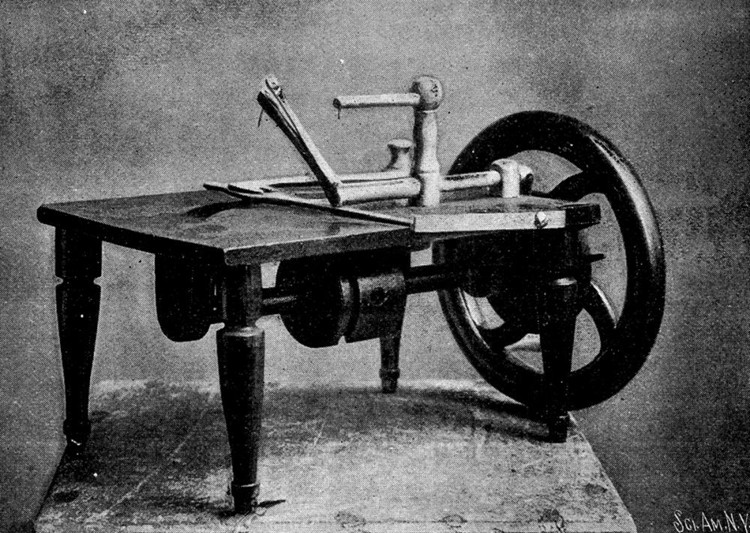
Wheeler & Wilson, a business started in 1853 by Allen B. Wilson and Nathaniel Wheeler, rose to prominence in the middle of the 19th century. Wheeler made the decision to create these devices in large quantities using Wilson’s designs, and the two business owners partnered.
Wheeler & Wilson led all American companies in sales by 1859. When both owners died, the company’s success story came to an end, and Singer finally acquired the business.
Pfaff
One of the top European sewing businesses, Pfaff was established in 1862 by George Michael Pfaff. George made the quick decision to grow the business by opening the first shop in London in 1885.
The original Pfaff sewing machine was entirely handcrafted and intended specifically to sew leather for footwear. The majority of its vintage models were of the highest caliber. Fortunately, you can locate one in decent shape for less than $1,000.
Bernina
In 1893, Fritz Gegauf established the European sewing machine manufacturer Bernina. It has continuously produced innumerable tough, expensive machines using only metal parts without sacrificing quality.
The 800 series, 730, and 930 are some of its high-quality models, and depending on how well they are maintained, they can sell for up to a few thousand dollars.
Janome
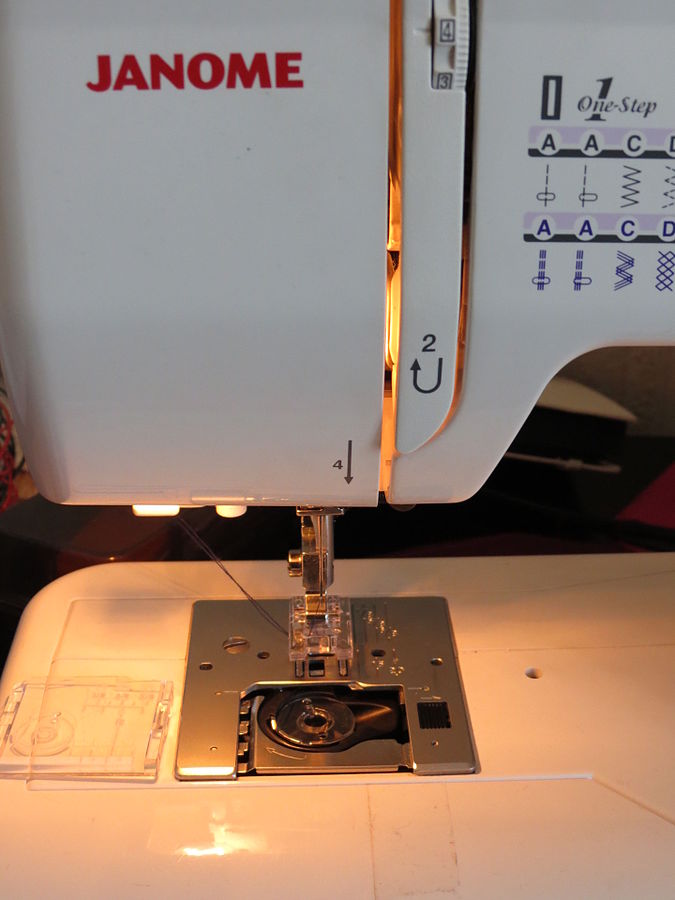
For many years, the Japanese company Janome was regarded as one of the top manufacturers of sewing machines. Despite being created in the 1920s; it didn’t take its current name until 1954.
Numerous inventions, including the first computerized sewing machine, are attributed to Janome. In addition, it was well known for producing a variety of models that were sold by big box stores like Sears.
White
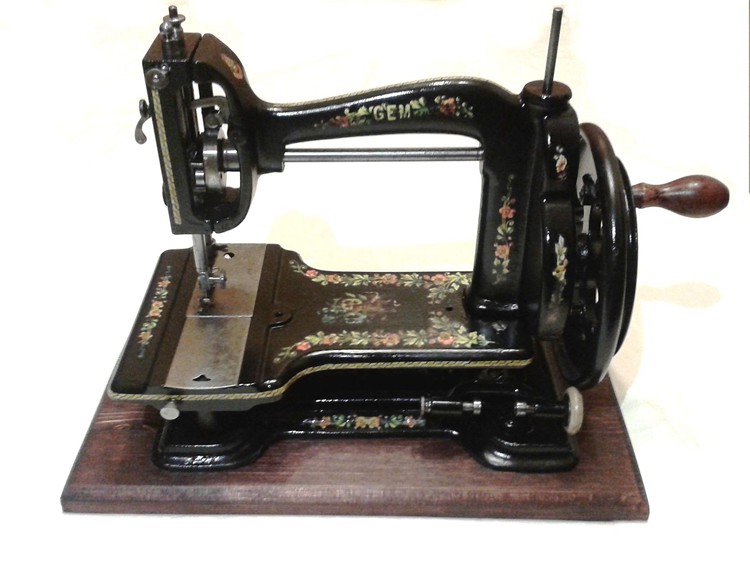
The White Sewing Machine Company was established in 1858 by Thomas H. At that point, it established itself as a well-known brand and posed a serious challenge to Singer.
White machines were a great substitute for Singer machines for households that couldn’t afford them, providing essentially the same value for less money.
Tikkakoski
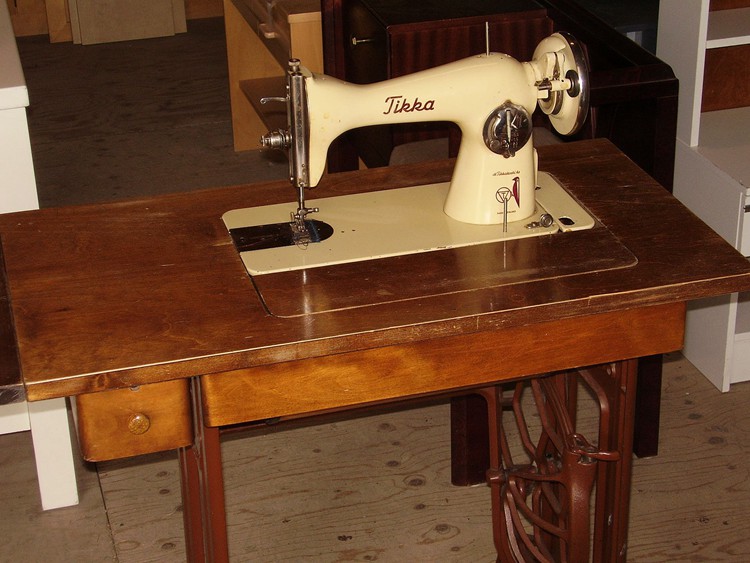
The Finnish company Oy Tikkakoski Ab was well-known for producing consumer goods and guns. Later, one of their specialties was sewing machines.
The business was purchased in 1930 by German arms dealer Willi Daugs, who later provided machine and submachine guns to the participants in World War II.
However, because the business was regarded as having a German origin and had its assets seized during World War II, they were urged to focus exclusively on producing sewing machines.
Brother International Corporation
The business that would eventually become known as Brother was initially formed in Japan in 1908 under the name Yasui Sewing Machines, Co. The corporation began using the brand in the 1950s as part of a westernization attempt as it expanded to a global market.
It is challenging to pinpoint Brother’s early presence because the company initially tended to manufacture machinery for other businesses. Brother-branded late 20th-century variations typically cost between $100 and $150.
New Home Sewing Machine Company
The market receives a fair amount of sewing machines from New Home in various designs. Some of them were well-known for their excellence, from the simpler hand-crank types to the more intricate and difficult treadles.
But in 1955, New Home had to be abandoned as well since one of the partners terminated the partnership.
National Sewing Machine Company
A variety of machines has been produced by this National Sewing Machine Company produced, including toys, in enormous quantities during the 19th and 20th century and sold them to major shops. Later, these merchants would offer it to department stores under their brand name.
The company, however, was unable to survive after World War II and stopped producing in 1954. Some of its models are extremely hard to acquire and might cost a lot of money because manufacturing ceased a long time ago.
Kimball and Morton
Most of Kimball and Morton’s success came from their machines, which were initially produced in 1868 and were designed by Lion. But they have reached other significant milestones besides Lion designs. They produced residential and industrial machines for a very long time.
But in 1955, the company officially went out of business, and eventually, other companies took over.
Leader Sewing Machine
From 1870 through 1899, sewing machines were made by the Leader Sewing Machine Company. The Leader quickly produced over lockers sewing machines, which were distinctive models at the time. After 1899, however, many businesses produced a wide range of devices under the “Leader” brand.
How to Find Value of Antique Sewing Machine?
When you own an old sewing machine, you frequently consider how much it is worth before offering it for sale at a discount in a yard sale. Do you want to know how much an ancient or antique sewing machine is worth? In general, vintage or antique sewing machines can cost anywhere from $50 to $500.
In the realm of collectibles, some vintage sewing machines can command high prices, but there aren’t many things that make them worthwhile. So, here’s how you may estimate the value of a vintage sewing machine.
-
Rarity
Due to the simple rule of supply and demand, the availability of collectibles also influences their value. A mass-produced antique typically has a high supply compared to a low demand, which leads to a low value. However, when an antique is in short supply and the market’s need is unmet, collectors compete with one another to keep the rare collectable.
-
Condition
Your vintage sewing machine’s state and look should be taken into account initially. Is it functional, or is it just suitable for display? Well, a functioning machine is worth more than one that is broken.
But there are other factors to consider in addition to its functionality. You must also examine its outside features, such as the paint and decals. Additionally, thoroughly inspect each component to look for any cracks, rust, scratches, or noticeable stains.
Even though a machine in good condition can increase demand and pricing, if yours isn’t, it’s better to leave it as-is than to refinish it and further diminish its value.
-
Material
Before 1970, the majority of sewing machines had bodies made of solid metal. Some of the well-constructed versions have tightly fitting gears. Plastic gears may be found within several models. Therefore, look inside an ancient sewing machine to see if there are any plastic gears or circuits.
-
Functionality
The capabilities of vintage sewing machines have significantly evolved over time. Vintage machines from the 1960s can sew zig-zag stitch patterns and buttonholes, in contrast to antique machines from the 1900s or earlier that could only sew a straight thread. With time, sewing machine technology advanced significantly.
List of 9 Best Vintage Sewing Machines
Here is the list of 9 best vintage sewing machines:
1. Rare Pfaff Sewing Machine sold for $425.00
Year: 1908
Condition: Incomplete
Features: Hand-Crank
Color: Black & Gold
In the 1890s, Pfaff opened a shop in London. Although Husqvarna Viking now owns the business, the Pfaff brand is still highly respected. The title of best high-end sewing machine is frequently contested by Pfaff, Bernina, and Husqvarna Viking.
Particularly well-known for their hardness and durability are older Pfaff machines. The 130 and other models continue to be well-liked. The 130 produced a very accurate zigzag stitch and went on sale for the first time in the 1930s.
Depending on the model and its condition, the price of an antique Pfaff can range from $100 to $1000. However, you may be fortunate enough to locate one for sale for $100.
2. Singer 66 sold for $74
Year: 1910
Condition: Functional
Color: Black & Gold
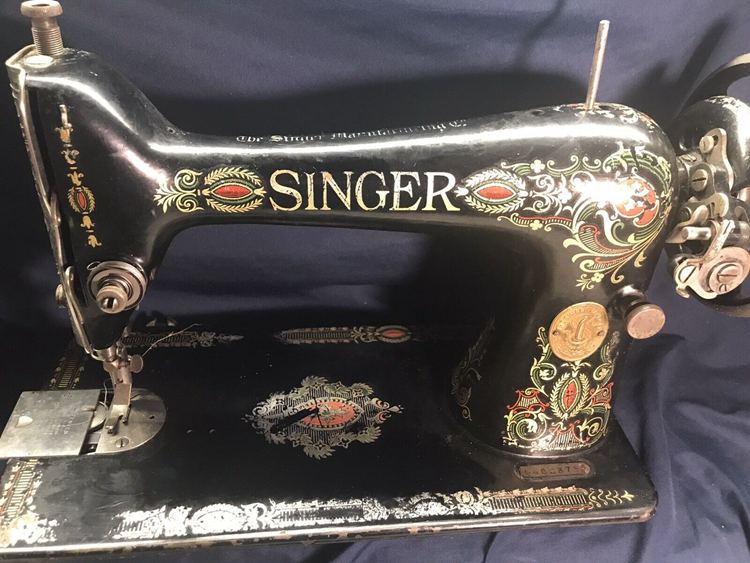
The best vintage straight stitch sewing machine is the Singer 66. It’s a beautiful machine with a timeless appearance. Models with a treadle, an electric motor, and a hand crank are available. Sewing machine collectors and home sewers both highly prize Singer 66 models with the “red eye” decals. In good condition, treadle models frequently sell for $1,500 and upwards. Other models cost about $200.
3. Portable Singer sold for $287
Year: 1920s
Condition: Functional
Features: Foot-pedal
Color: Black & Gold
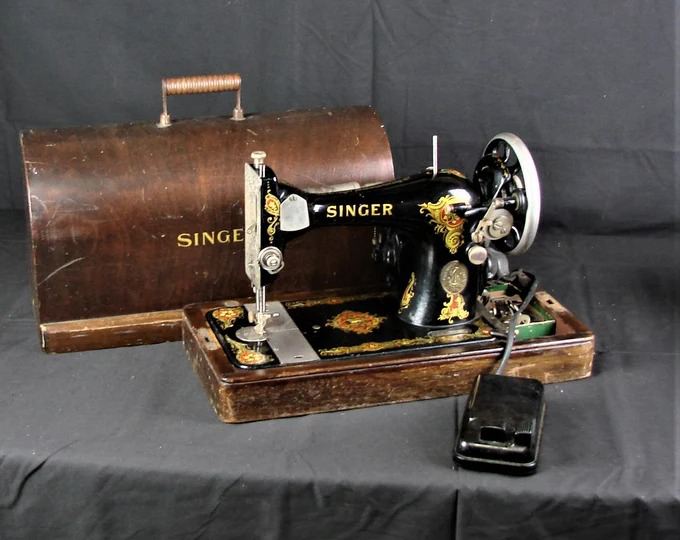
A portable sewing machine that’s in great shape. Although the seller advises changing the cord and black belt, the machine is functionally usable and comes with the case’s key, which is rare.
4. Singer Model 15 sold for $250
Year: 1930s
Condition: Project
Features: Electric
Color: Black & Gold
It functions but requires a thorough cleaning and maybe some fine-tuning. It is a portable unit with a built-in light. The power cord also needs to be patched or replaced, but once that’s done, it’ll be adorable!
5. Rare White Machine sold for $325
Year: 1800s
Condition: Incomplete
Features: Hand-Crank
Color: Black & Gold
One of the brands that added to the group in 1856 was White, a well-established brand. This machine lacks a needle and a shuttle.
6. Singer 201 worth $350 to $500
Year: 1956
Condition: serviced condition
Features: Both electric and non-electric
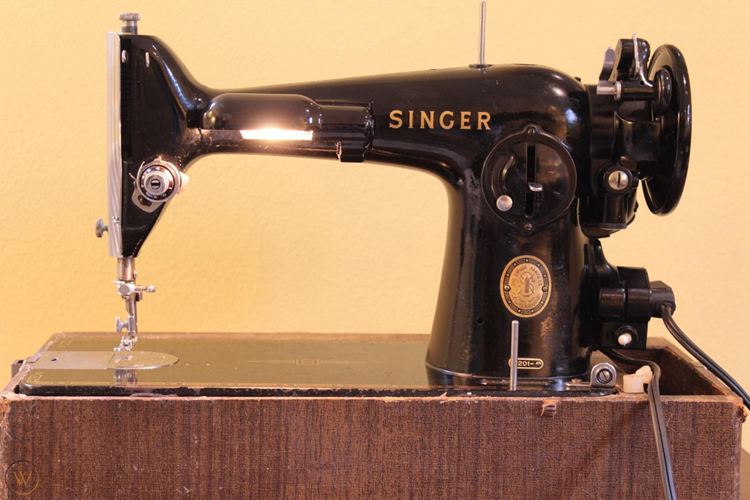
Best vintage sewing machine ever produced, in general This machine, which routinely sells for between $350 and $500 in completely functional, serviced condition, has many reasons to be loved. Although most Singer 201 machines weigh around 30 pounds, those built of aluminum in the 1950s weighed a little less.
7. Kenmore 30 Stitch worth $55 to $166
Year: 1980s
Feature: zig-zag stitch (precise sewing)
The greatest vintage straight stitch sewing machine now available is thought to be the Singer 66. It is cast iron and has distinguishing red eye decals that identify it as a Singer 66. Despite its widespread use, it is simple to locate because so many variations were produced, and it has a high level of endurance that ensures trouble-free operation even after many years.
There are three versions to choose from: hand-cranked, treadle, and electric. Even on thicker fabrics, it has extremely exact stitching. For tasks like ruffling and darning, you can use a variety of Singer attachments with this machine. Depending on the model and condition, they are being sold for a variety of prices.
8. Bernina 930 worth between $360 to $666
Year: 1980s
Feature: sew 26 types of stitches
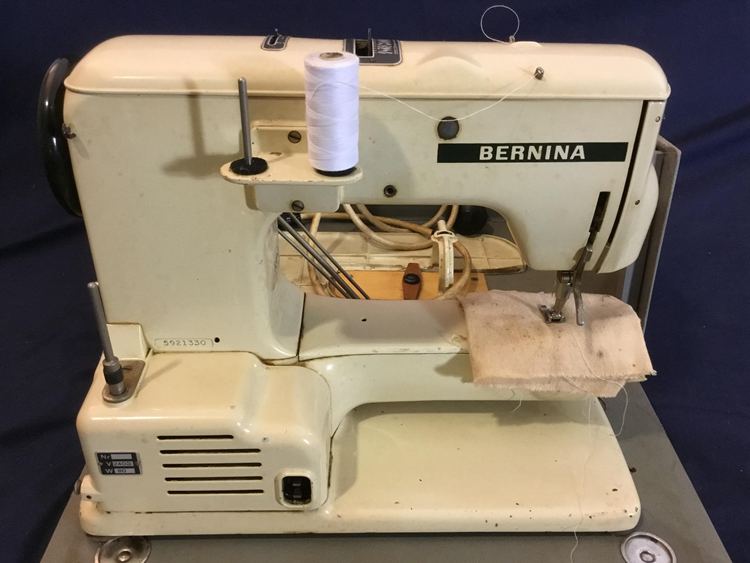
Another 1980s product and one of the most expensive on the list is the Bernina 930. It is best suited for sewers who wish to do easy tasks, quilts, or embroidery projects because it can sew 26 various sorts of stitches. Numerous customers have praised the machine’s durability and stitching quality.
9. Singer Featherweight worth between $333 to $777
Year: 1933 to 1968
Feature: silent machine
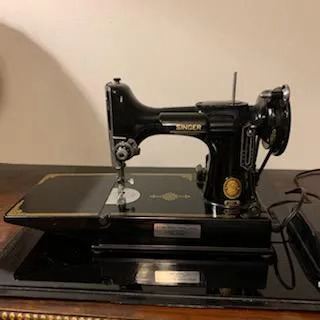
Due to its small size and ease of use, the Singer Featherweight is a well-liked novice sewing machine. It features its own portable carry bag and is composed of lightweight aluminum, making it perfect for travel.
It features a tiny engine to operate the treadle, can stitch a simple straight line, and is almost completely silent. Since they were produced from 1933 to 1968, the model’s qualities will vary according on the period in which it was created.
Tips to buy these Vintage Sewing Machines?
Here are some tips that help you when buying your vintage sewing machine:
- You should have no trouble turning the hand wheel.
- The needle should oscillate between up and down.
- Every hand wheel turn should cause the feed dogs to move.
- The bobbin casing should oscillate or rotate as the hand wheel is turned.
- Look for parts that are plainly damaged or missing, holes where screws should be, etc.
- Well-engineered machines from the 1920s through the 1950s were unlikely to require unusual bobbins, shuttles, or needles.
- Since it’s easier to get information and parts for singers, that’s definitely the best course of action.
Bottom Line
Sewing machines from the past can be found in a variety of popular manufacturers, including Singer. If you enjoy collecting antiques, there are numerous old sewing machines that are worthwhile to buy. For instance, the 30-stitch from Kenmore is one of the best vintage sewing machines they have, and you can purchase one at any antique shop for less than $500.

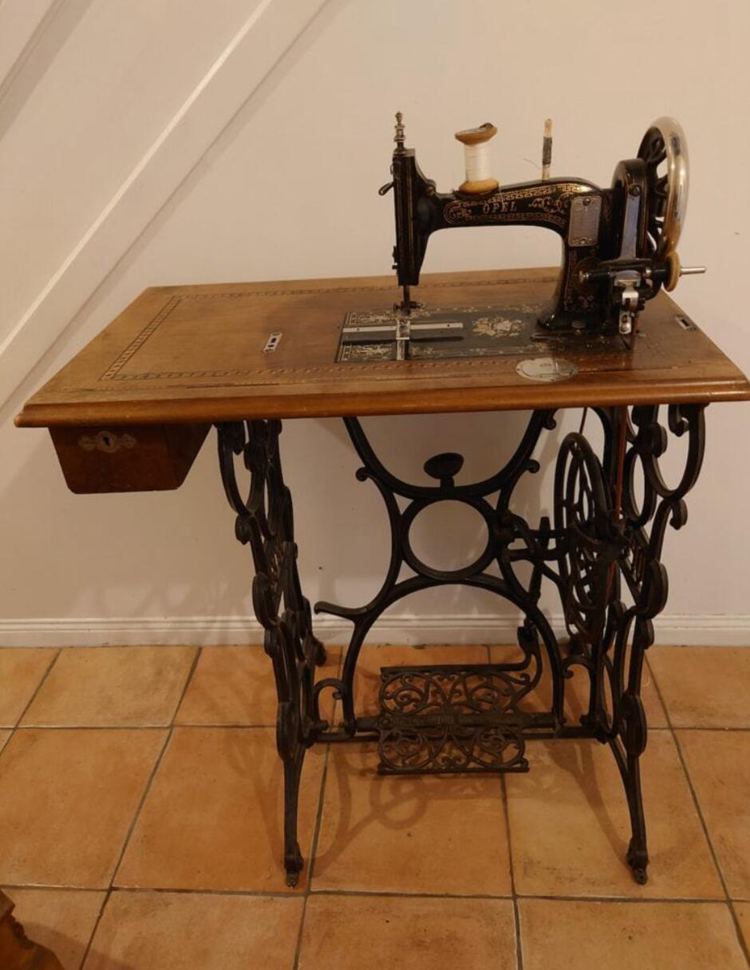
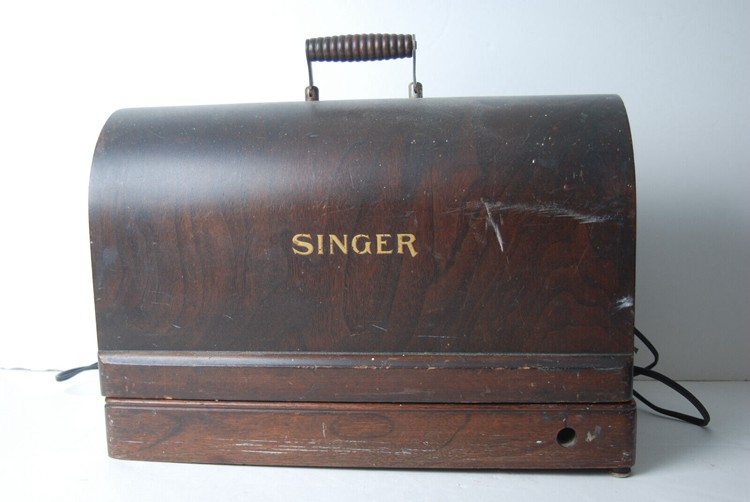
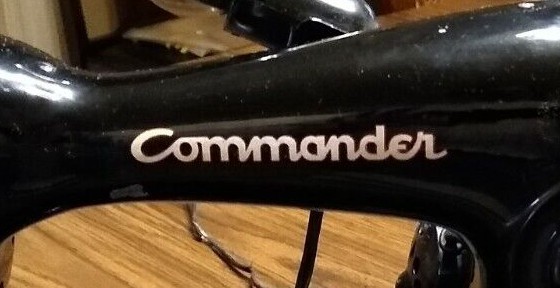
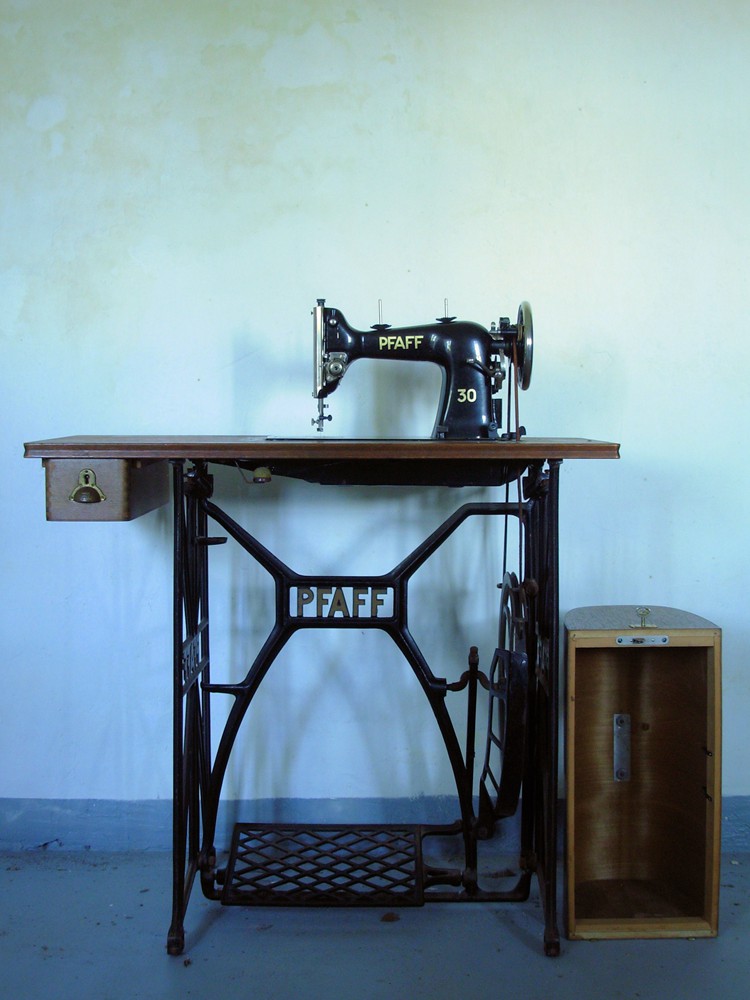
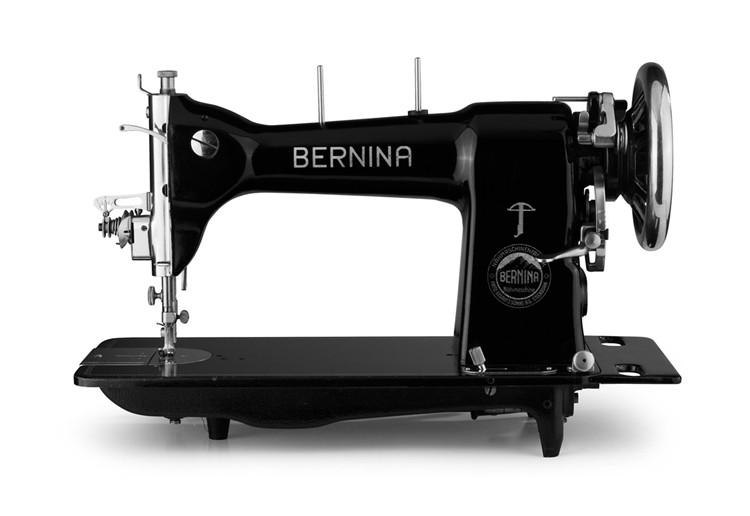
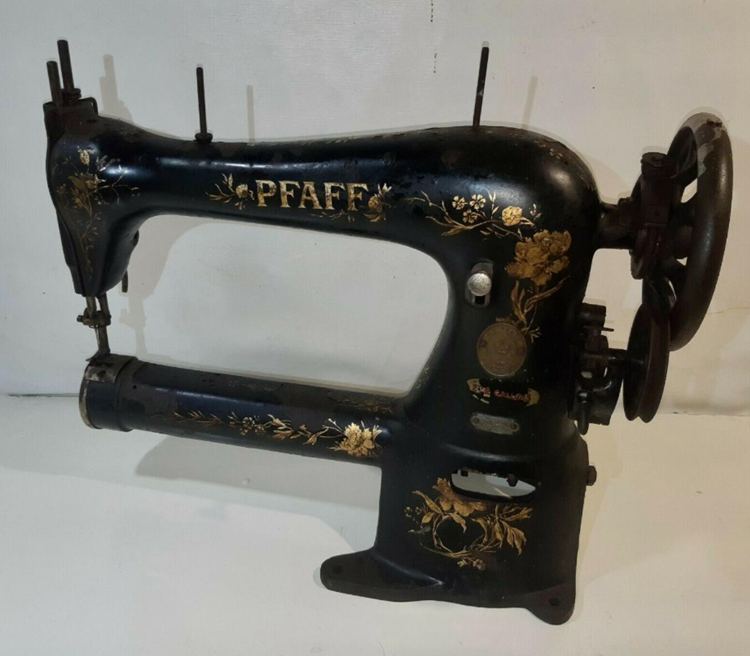
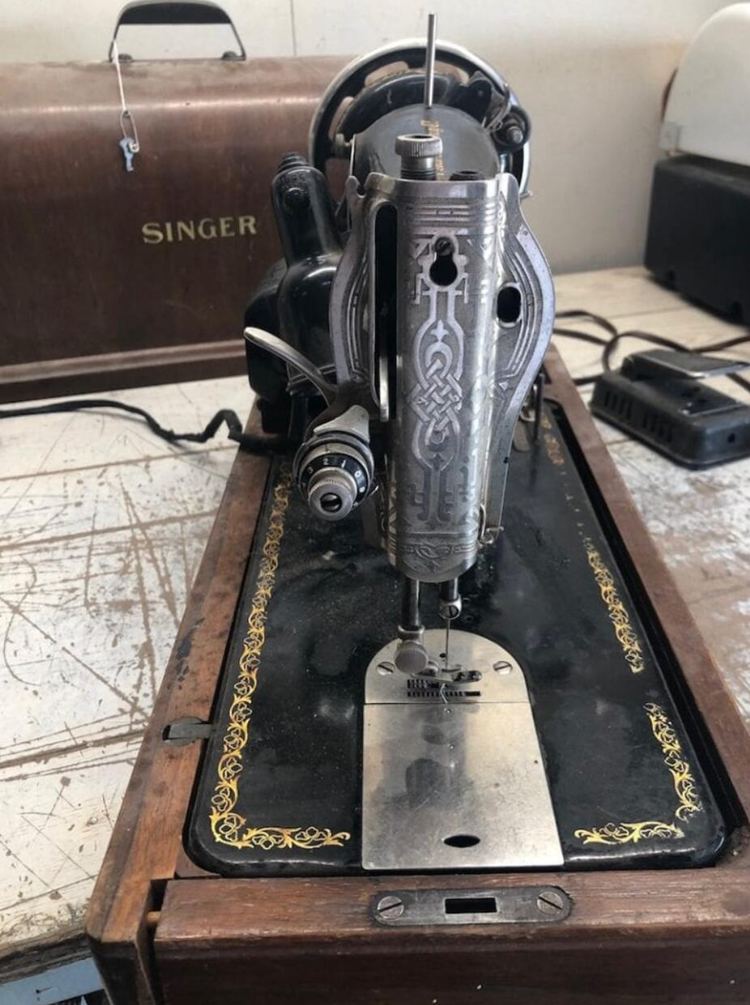
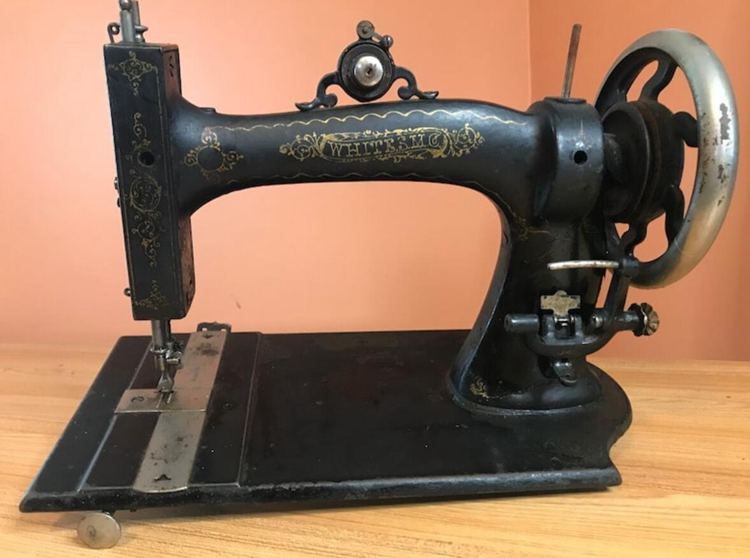
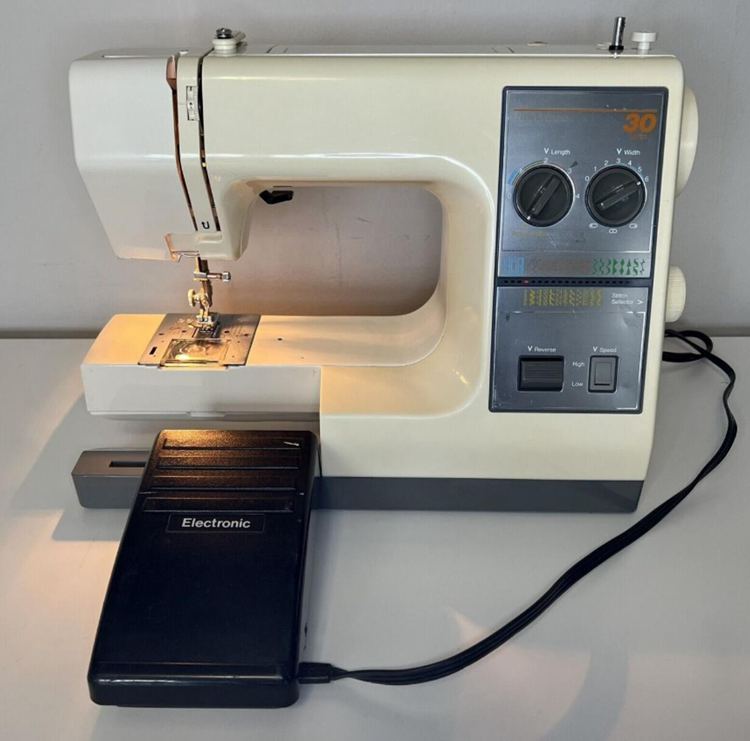




![Where To Sell Antique Furniture In 2022 [Ultimate Guide]](https://www.jacquelinestallone.com/wp-content/uploads/2022/09/Etsy-Your-Place-To-Buy-And-Sell-All-Things-Handmade-600x450.jpg)


